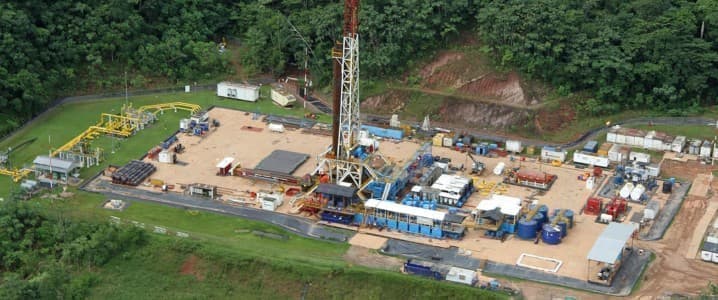Peru Bets on Chevron and Riyadh to Jumpstart Its Energy Future

One of the world’s top copper producers, Peru, looks to turn around its energy and critical minerals mining industry with deals with foreign firms to boost oil production and supply and launch lithium mining projects.
Peru, the South American oil producer and major copper miner, has struggled to revive its energy and mining sectors in recent years amid prolonged political instability and a security and crime crisis, which could soon bring about the end of President Dina Boluarte’s term in office.
After years of missing out on the opportunities offered by the global drive for energy transition minerals, Peru expects to sign in November an agreement with Saudi Arabia to develop lithium projects and other strategic minerals, Peruvian Energy and Mines Minister Jorge Luis Montero told Reuters in an interview this week.
Saudi Arabia is seeking a “reliable strategic partner” in Peru and its interest extends to “investing in mining and energy activities… even in seawater desalination plants for the mining sector in the future,” Montero said.
Peru is not a lithium producer yet, but its lithium reserves are estimated to be significant. EY Peru reckons that the so-called “lithium triangle” formed by Chile, Argentina, and Bolivia, which accounts for more than half of the world’s lithium reserves, could soon become the “lithium square” with the inclusion of Peru.
Related: Oil Drops Below $60 on Gaza Ceasefire
Lithium miners have moved to tap Peru’s resources.
American Lithium is developing the Falchani project, which the Canada-based firm says is the 6th largest hard-rock lithium deposit in the world.
Following a favorable court ruling in a dispute over concession rights and payments, American Lithium will raise its investment in the Falchani project by 22% to $847 million, Ulises Solis, general manager of the company’s local unit, Macusani Yellowcake, told Reuters at the end of September.
While looking to mine the metals of the future, Peru isn’t ditching oil. It wants to revitalize crude production and stop the decline in its output, which is currently below 50,000 barrels per day (bpd), nearly three times lower compared to a peak of almost 140,000 bpd in 1995.
Last month, Chevron bought a 35% working interest in three offshore blocks operated by Occidental in a deal that also saw private investment firm Westlawn acquire 30% in the blocks. Occidental remains the operator with 35%.
The frontier exploration blocks are believed to have multiple potentially high-impact exploration prospects.
Do you want to build your own blog website similar to this one? Contact us








